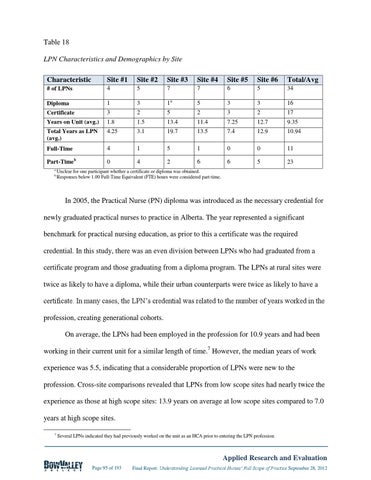Table 18 LPN Characteristics and Demographics by Site Characteristic
Site #1
Site #2
Site #3
Site #4
Site #5
Site #6
Total/Avg
# of LPNs
4
5
7
7
6
5
34
Diploma
1
3
1a
5
3
3
16
Certificate
3
2
5
2
3
2
17
Years on Unit (avg.)
1.8
1.5
13.4
11.4
7.25
12.7
9.35
Total Years as LPN (avg.)
4.25
3.1
19.7
13.5
7.4
12.9
10.94
Full-Time
4
1
5
1
0
0
11
Part-Time b
0
4
2
6
6
5
23
a b
Unclear for one participant whether a certificate or diploma was obtained. Responses below 1.00 Full-Time Equivalent (FTE) hours were considered part-time.
In 2005, the Practical Nurse (PN) diploma was introduced as the necessary credential for newly graduated practical nurses to practice in Alberta. The year represented a significant benchmark for practical nursing education, as prior to this a certificate was the required credential. In this study, there was an even division between LPNs who had graduated from a certificate program and those graduating from a diploma program. The LPNs at rural sites were twice as likely to have a diploma, while their urban counterparts were twice as likely to have a certificate. In many cases, the LPN’s credential was related to the number of years worked in the profession, creating generational cohorts. On average, the LPNs had been employed in the profession for 10.9 years and had been working in their current unit for a similar length of time.7 However, the median years of work experience was 5.5, indicating that a considerable proportion of LPNs were new to the profession. Cross-site comparisons revealed that LPNs from low scope sites had nearly twice the experience as those at high scope sites: 13.9 years on average at low scope sites compared to 7.0 years at high scope sites. 7
Several LPNs indicated they had previously worked on the unit as an HCA prior to entering the LPN profession.
Applied Research and Evaluation Page 95 of 193
Final Report: Understanding Licensed Practical Nurses’ Full Scope of Practice September 28, 2012
